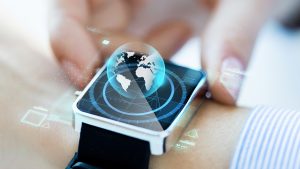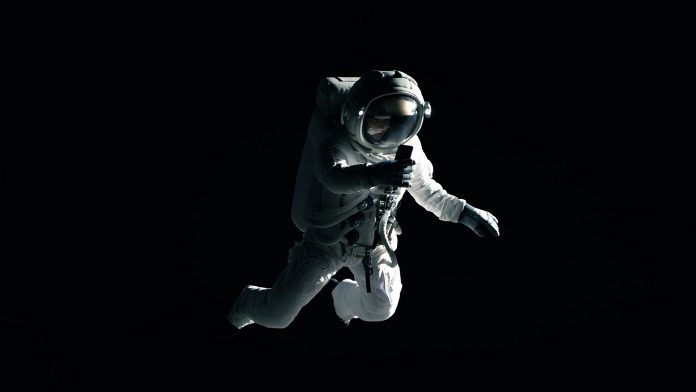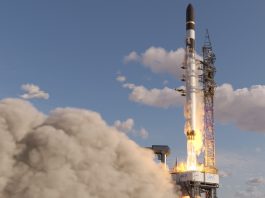Disorientation puts astronauts in danger and leads to them getting lost in space — now scientists have developed vibrotactile wearable devices to keep them on track.
In leaving the Earth’s surface, we lose many of the cues we need to orient ourselves, and that spatial disorientation can be deadly for getting lost in space.
However, scientists have now found that wearable devices which vibrate to give orientation cues may boost the efficacy of this training significantly, making spaceflight slightly safer.
“Long-duration spaceflight will cause many physiological and psychological stressors which will make astronauts very susceptible to getting lost in space,” said Dr Vivekanand P Vimal, lead author of the study.
“When disoriented, an astronaut will no longer be able to rely on their own internal sensors, which they have depended on for their whole lives.”
The study, ‘Vibrotactile feedback as a countermeasure for spatial disorientation,’ was published in Frontiers in Physiology.
Trialling the new wearable devices
The researchers used sensory deprivation and a multi-axis rotation device to test the wearable devices in simulated spaceflight, so the senses participants normally relied on were useless.
Could the vibrotactors correct the misleading cues the participants would receive from their vestibular systems, and could participants be trained to trust them with an issue concerning getting lost in space?
30 participants were recruited, of which ten received training to balance in the rotation device, ten received the vibrotactors, and the remaining participants received both.
All participants were shown a video of the rotation device and told how it worked. It moves like an inverted pendulum until it reaches a crash boundary unless it is stabilised by a person sitting in the device controlling it with a joystick.

Moreover, all participants were given a blindfold, earplugs, and white noise to listen to. Those with vibrotactile wearable devices had four strapped to each arm, which would buzz when they moved away from the balance point.
Each participant participated in 40 trials, aiming to keep the rotation device as close to the balance point as possible.
For half the trials, the rotation device operated on a vertical roll plane. This was considered an Earth analogue because participants could use their natural gravitational cues for orientation. During the second half, which acted as a spaceflight analogue, the rotation device operated on a horizontal roll plane where those gravitational cues could no longer help.
After each block of trials, participants were asked to rate how disoriented they felt and how much they trusted the wearable devices. The scientists measured their success by examining how often they crashed and how well they controlled their balance.
Can the devices really prevent astronauts from getting lost in space?
Nearly all participants reported that they trusted the vibrotactors, but they also reported confusion from conflicts between their internal cues and the wearable devices.
The participants wearing vibrotactors still performed better than those who only received training. The training-only group crashed more frequently, moved around the balance point more, and accidentally destabilised themselves more often. As the trials continued, the group receiving training and vibrotactors performed best.
However, even with training, the participants didn’t perform as well as they did in the Earth analogue. They may have needed more time to integrate cues from the vibrotactors, or the buzzing from the vibrotactors may not have given a strong enough danger signal.
The road to commercialising the devices
“A pilot’s cognitive trust in this external device will most likely not be enough,” Vimal concluded.
“Instead, the trust has to be at a deeper, almost sub-cognitive, level. To achieve this, specialised training will be required.”
If these wearable devices succeed in more extensive trials, there are many possible applications for spaceflight.
These include helping astronauts land safely on the surface of a planet, to supporting them as they move outside a vehicle in space.









